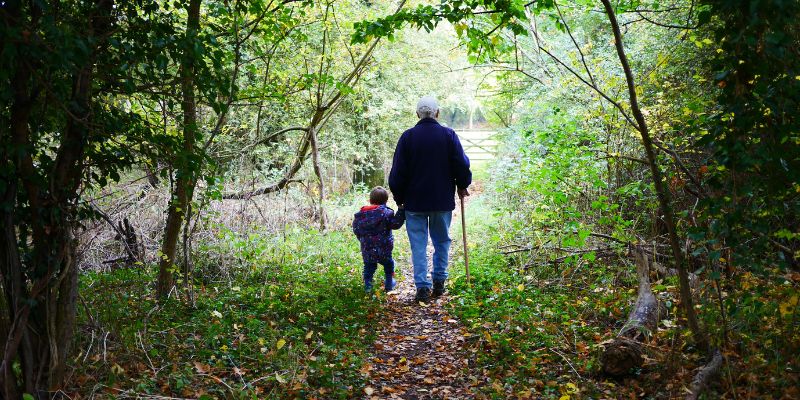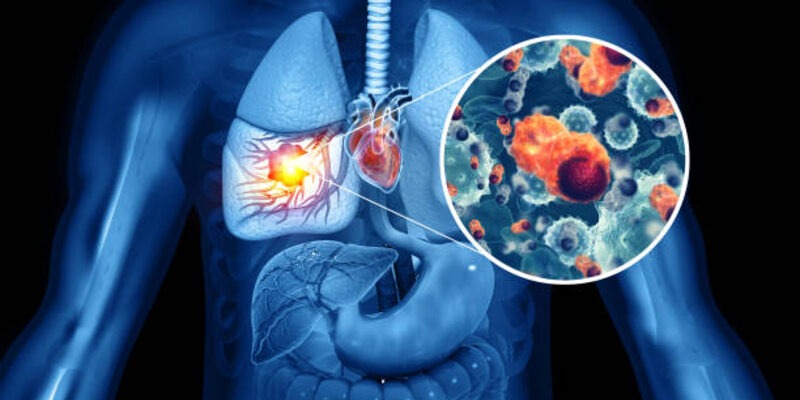How many steps do you take each day? A recent study has proved that the risk of cardiovascular diseases in older people can be reduced significantly by just 500 extra steps.
Cardiovascular diseases are the major cause of death around the globe. The disease affects people of all ages and genders but is more common in adults. The only way to prevent this prevailing disease is through regular physical activity.
Different studies proved that exercise can prevent or delay the risk of various health problems that used to come with age. Besides that, physical activities improve overall health, strengthen your muscles, and keep you doing day-to-day activities efficiently.
Some physical activity is better than nothing. So, if you are a lazy person, start walking, whether just for 30 minutes. Suppose you are curious to learn more about the relationship between the risk of heart disease and physical activity in elder people. In that case, this article answers all the queries popping up in your mind!

500 Extra Steps A Day Lowers Risk of Heart Disease In Older Adults: What Does Study Say?
According to the studies, you can see clear differences in your overall health as you start walking. You must walk at least 3867 steps per day, and it will reduce the risk of dying from any disease or cause. If you walk 2337 steps each day, it will reduce the risk of heart and blood diseases. Also, it reduces the chances of dying from cardiovascular diseases.
The latest research says that walking 1000 steps extra will reduce the risk of dying from any disease by 15%. Taking 500 more steps will reduce the risk of death from heart disease by 7%. And, if you walk up to 20,000 steps a day, the health benefits will continue to increase.
So, it would not be wrong to say that as you walk, the more health benefits you get. The benefits of walking were seen in both men and women irrespective of their age, region, or climate. It has also been analyzed that at least 4,000 steps a day are needed to reduce the risk of dying, especially heart disease.
Other studies have also indicated that the risk of heart disease is linked with a sedentary lifestyle, which may cause early death. The lack of physical activities is affecting a major population of the world.
Women, compared to men, and people of high-income countries as compared to low-income countries, follow a sedentary lifestyle, which becomes the cause of their death. As per the World Health Organization, there are about 3.2 million people in this world who die because of their unhealthy lifestyles. So, if you want to live happily and longer, start living an active life!

Relation Of Physical Activity And Heart Diseases In Elders
An active lifestyle lowers the risk of coronary heart disease and cardiovascular disease mortality. The activity delays or prevents the development of high blood pressure in people suffering from hypertension.
Besides that, an active lifestyle also decreases cholesterol levels, reducing the risk of cardiovascular diseases. Physical activities have also been found to improve angina symptoms and systolic blood pressure. So, if you are suffering from any disease or want to improve your overall health, adopt a healthy lifestyle.
Why Walking Is So Helpful?
Though high-intensity physical activities are more beneficial, only brisk walking can bring major health benefits to older people. Undoubtedly, walking is a great physical activity. It is a low-impact and weight-bearing exercise that greatly impacts bone health, specifically in adults. Walking keeps your blood pressure and blood sugar level in control. It also reduces the risk of stress.
Walking provides an amazing physiological stimulus that significantly improves heart health and strengthens older adults' muscles and vessels. Walking decreases systolic and diastolic blood pressure, decreasing stress and strain on your heart muscles. Normal blood pressure reduces the risk of stroke and boosts the mood.
Does Aging Increase The Risk Of Cardio Vascular Diseases?
The elders are at higher risk of cardiovascular diseases than the younger people. The aging changes heart tissues and blood vessels, increasing the risk of developing cardiovascular diseases.
The diet, physical activity, and lifestyle greatly impact your aging rate, which is linked to the development of cardiovascular diseases. Besides that, the aging of other organs, such as kidneys, lungs, and muscles, contributes to heart disease. Therefore, saying that the aging of different systems greatly influences each other will not be wrong.
How Much Physical Activity Do Elders Need?
- The elders of age 65 or above should:
- Go for a moderate-intensity activity at least 150 minutes a week or 30 minutes for five days a week
- Or, go for Seventy-five minutes of vigorous-intense activity, including jogging, hiking, or running per week
- Do activities that strengthen the muscles at least two days a week
- Try different activities that improve the balance, such as standing on one foot
What Can You Do To Prevent Heart Diseases?
Below are the different strategies that can prevent heart disease:
- Walking for at least 30 to 60 minutes daily
- Maintaining a healthy weight
- Eating heart-healthy foods
- Getting enough sleep at night
- Keeping the stress level under control
- Always go for the screening tests
- Taking steps to prevent infections can reduce the risk of developing heart disease.
- Keep the blood pressure and sugar level under control
- Take your medicines regularly
Conclusion:
The risk of heart disease increases with age. But, with an active lifestyle, you can reduce the chances of cardiovascular and other life-threatening diseases. The study has also proved that adding 500 more steps can significantly reduce the risk of heart disease. So, stop being lazy and walk as it will improve your overall health, let you feel better, and live happily longer!












